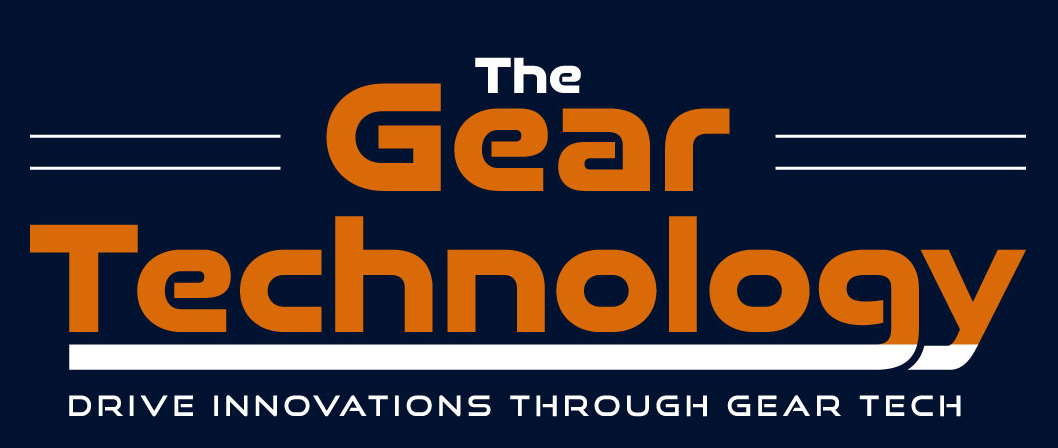Gear Tech in Renewable Energy, Aerospace & Robotics
Role of Gear Technology in Emerging Industries Gear Systems Powering Tomorrow’s Industries Efficient gear technology is transforming how modern industries operate. In sectors like renewable energy, aerospace, and robotics, advanced gear systems enable high precision, reliability, and sustainability. As emerging industries seek smarter solutions, gears become essential in achieving energy efficiency, load management, and mechanical […]

Role of Gear Technology in Emerging Industries
Gear Systems Powering Tomorrow’s Industries

Efficient gear technology is transforming how modern industries operate. In sectors like renewable energy, aerospace, and robotics, advanced gear systems enable high precision, reliability, and sustainability. As emerging industries seek smarter solutions, gears become essential in achieving energy efficiency, load management, and mechanical accuracy. This article explores the applications, advantages, and future trends of gear technology across these dynamic domains.
High-Efficiency Gear Systems in Renewable Energy
Application of Gears in Wind and Solar Power
In renewable energy, gears play a central role. Wind turbines rely on gearboxes to convert slow blade rotation into high-speed motion for electricity generation. In solar trackers, precise gear mechanisms allow solar panels to follow the sun’s movement throughout the day, maximizing solar gain.
Advantages of Gear Technology in Green Energy
- Enhances mechanical efficiency of turbines
- Reduces wear and minimizes maintenance needs
- Enables higher energy output with lower losses
Sustainability Benefits
By enabling better energy conversion and less downtime, gear systems support sustainable practices. With durable gear design, component life extends, cutting both replacement frequency and resource usage.
Gear Innovation in Aerospace Engineering
Mission-Critical Gear Applications
Aerospace demands gear solutions that are both lightweight and resilient. From aircraft engines to flight control systems, every gear must perform flawlessly under pressure. Gearboxes in jet engines synchronize power transmission while minimizing vibration. Precision gears in landing systems ensure smooth operation during takeoff and descent.
Key Benefits for Aerospace Sectors
- Maintains integrity under extreme stress and temperature
- Lightweight materials reduce overall aircraft weight
- Ensures smooth functioning of safety-critical systems
Advancements in Material and Design
New alloys and composite materials have revolutionized aerospace gears. Engineers also use computer-aided simulations to fine-tune gear performance, boosting reliability.
Precision Gears in Robotics and Automation
The Role of Gears in Robotic Motion
Robotic systems depend on gearboxes to deliver precise control, especially in servo motors and robotic arms. High torque density and compact gear layouts are vital in minimizing size while maximizing strength.
Competitive Advantages in Robotics
- Enables pinpoint motion and positioning
- Reduces lag and mechanical play
- Increases system responsiveness and efficiency
Gear Design for Intelligent Systems
Gears designed for robotics integrate with sensors, actuators, and feedback mechanisms, enabling adaptive movement. Gear optimization ensures robots can perform repetitive or delicate tasks without failure.
Future Trends in Gear Technology
Additive Manufacturing and 3D Gears
Additive manufacturing allows for complex gear geometries with minimal waste. This innovation supports lightweight yet strong gear production, especially beneficial in aerospace and high-speed robotics.
Smart Gears with Digital Twins
By using digital twins, manufacturers can simulate gear behavior under various conditions. This reduces trial-and-error and leads to faster product development.
New-Age Materials for Superior Performance
Innovations include carbon fiber gears for aerospace and self-lubricating composites for solar trackers. These materials offer greater strength-to-weight ratios and lower maintenance needs.
Integrating Gear Technology Across Industries
Cross-Industry Gear Solutions
Technologies developed for aerospace often find their way into robotics and energy sectors. For instance, high-performance planetary gears are now common in both solar tracking systems and robotic wrists.
Cost Savings and ROI
Though high-tech gear systems require initial investment, their efficiency gains, durability, and performance consistency deliver strong returns over time.
Gear technology is evolving fast and shaping the future of renewable energy, aerospace, and robotics. With smarter designs, better materials, and precision manufacturing, gears are more than mechanical components—they are enablers of innovation. As industries move toward automation, sustainability, and digitalization, reliable gear systems will be the backbone of their success.

